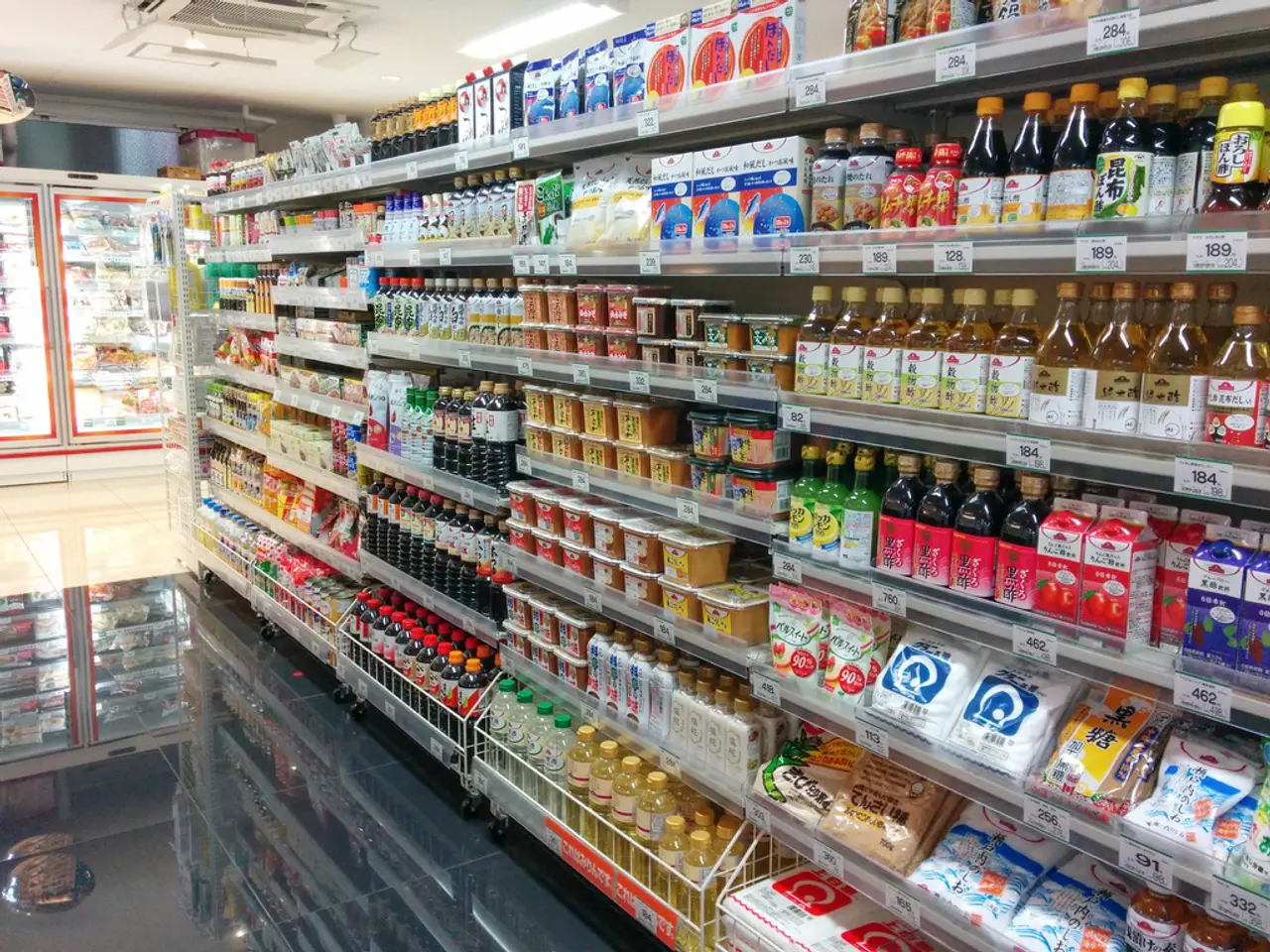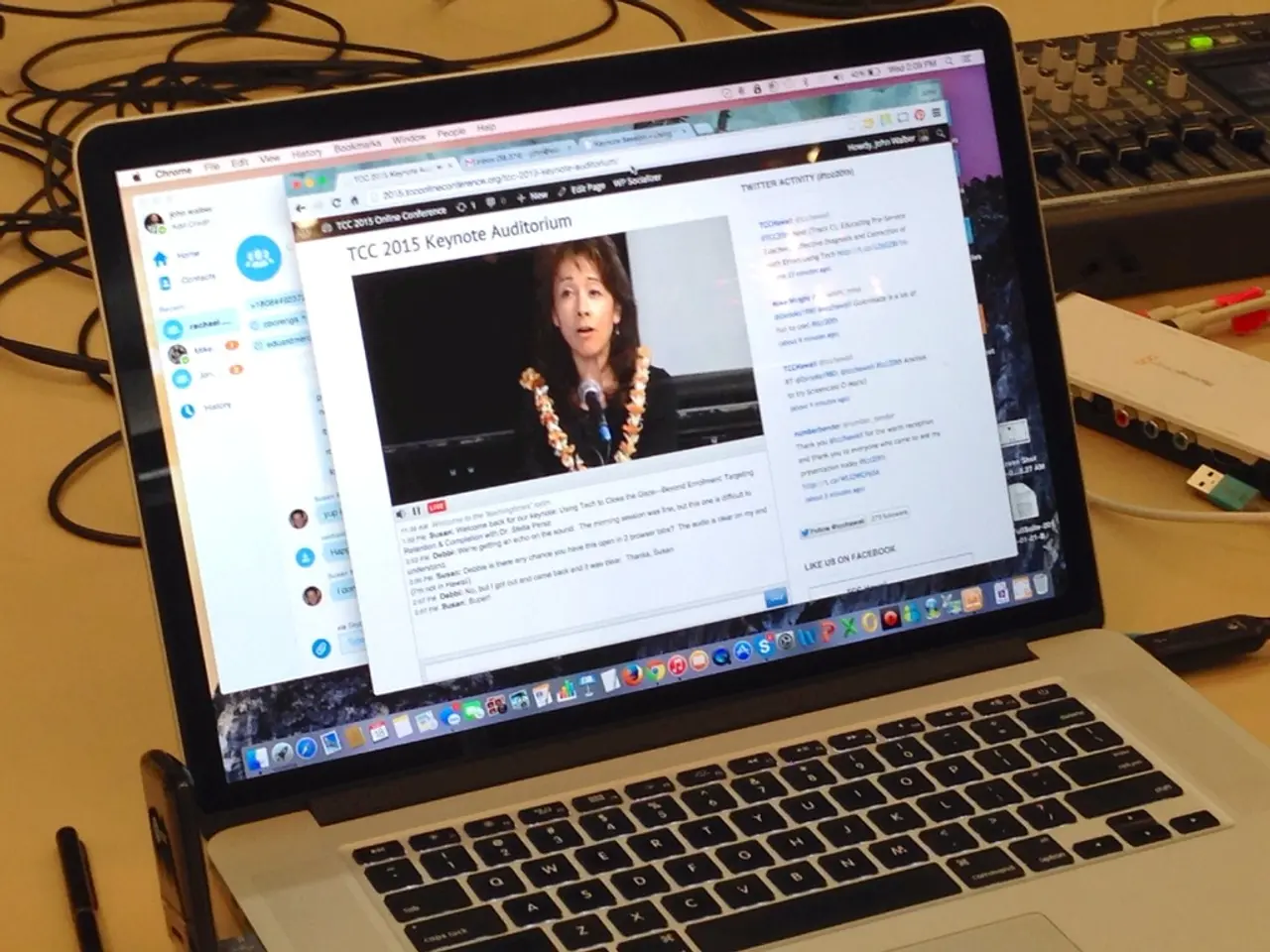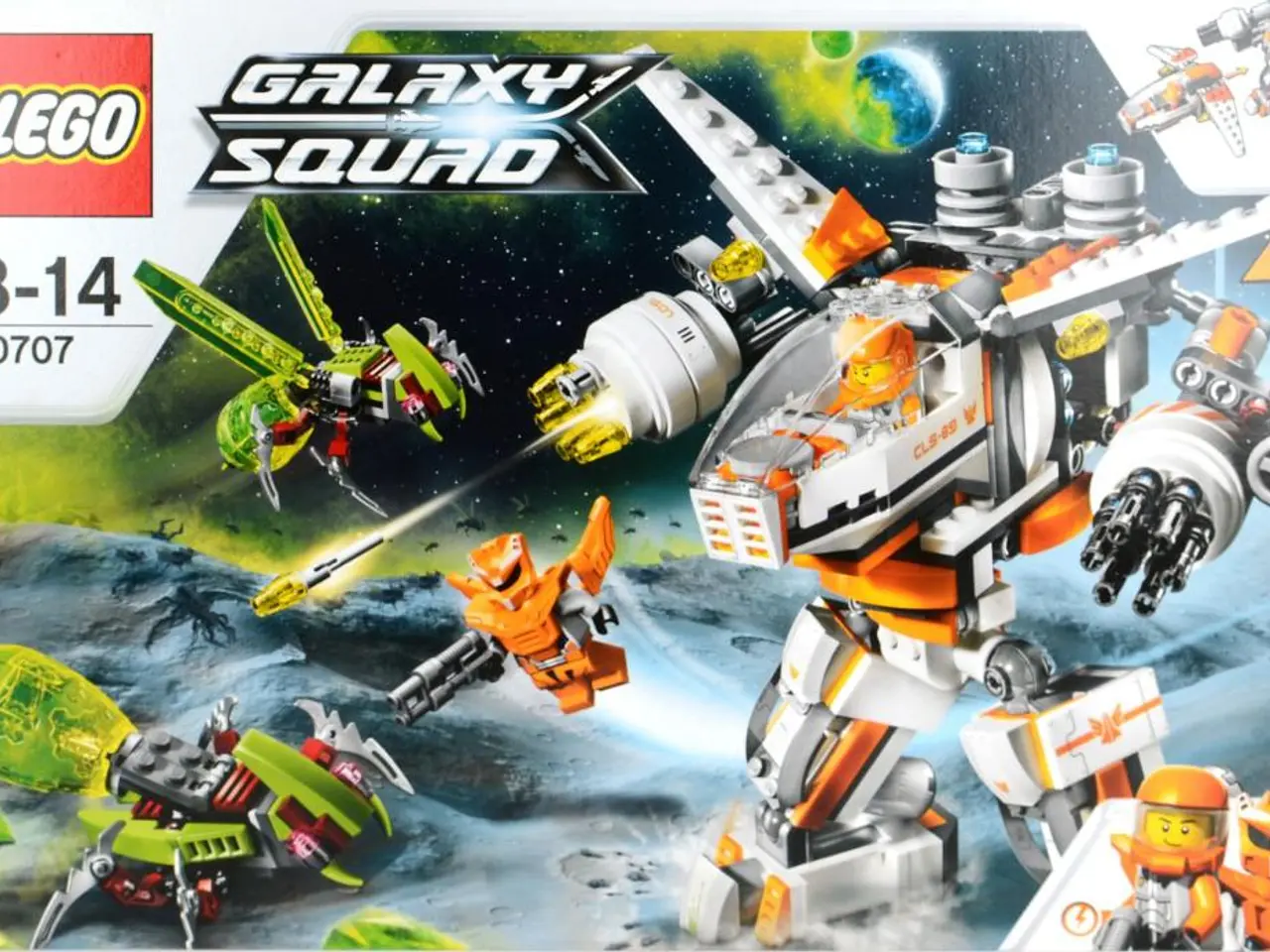Retailers can foster spontaneous online transactions driven by inspiration through effective marketing strategies and user-friendly platforms.
In an effort to improve the online shopping experience and increase sales, retailers are creating "solution hubs" for everyday moments. One such partner in this endeavour is Hershey, who is working with retailers to inspire and create browsability for shoppers, making it easier to find and convert on items for impulse categories like candy.
According to Ed Edson, senior director of omnichannel marketing at Hershey, the company is taking a total-store approach, integrating both in-store and online data to add unique value to the retail experience.
Retailers can optimize their online strategy to increase unplanned purchases and maximize basket size, particularly for impulse categories like candy, by focusing on a blend of psychological triggers, technology-enabled urgency, and smart checkout tactics.
One strategy is to use urgency and scarcity cues, such as countdown timers, limited-time offers, and stock counters, to create a sense of urgency and scarcity. These cues pressure customers to make quick decisions, significantly increasing impulse buys.
Another strategy is to leverage emotional and psychological triggers, using language that appeals to emotions, such as “limited,” “exclusive,” or “you’ve earned it,” especially near checkout, to effectively nudge consumers toward impulse purchases.
Modern point-of-sale (POS) marketing can also be enhanced digitally. This includes digital checkout displays, mobile POS, and integrated billing software that can suggest relevant add-ons or impulse items based on customer behavior. This strategy capitalizes on decision fatigue at checkout when customers are more likely to accept low-risk, small value items like candy.
Seamless, low-friction payment options, such as one-tap express checkouts and flexible payment options like Buy Now Pay Later, can also increase the likelihood of impulse additions by reducing anxiety and friction at the payment stage.
Social proof and real-time notifications, such as live notifications of recent purchases and stock updates, can also replicate the excitement and buzz of a busy store, making impulse products more attractive.
Offering gamified and curated experiences, such as chance-based discounts or treasure-hunt style deals, can create excitement, while curated recommended product lists offer unexpected discovery moments that trigger impulse purchases.
For impulse categories like candy, rapid delivery options, often described as quick commerce or q-commerce, can bridge the gap between wanting the item immediately and impulse purchase, encouraging spontaneous buys with the promise of fast gratification.
By integrating these approaches, retailers can create an online environment that effectively invites impulse purchases in categories like candy, thereby maximizing basket size and overall sales. These strategies work by addressing the psychological state of shoppers, reducing friction, and replicating in-store impulse triggers digitally.
Hershey is also working with retailers to influence seasonal impulse purchases early, mid, late, and throughout the season both in-store and online. Candy is known to boost online basket sizes, with online baskets containing candy products being 41.5% greater than those of in-store purchases that include candy.
Recommending items in the candy category alongside personalized recommendations at online checkout can deliver results, with candy items having the highest click-through rates and cart adds.
The shift from in-store shopping to an omnichannel approach, where consumers browse and buy products online, often picking up items curbside or in-store, has been accelerated by COVID-19. Ed Edson emphasizes that inserting the candy category and brands at the moment of decision delights the consumer and drives a high conversion to purchase.
Lauren Foltz, senior manager of holistic shopper insights at Hershey, emphasizes the importance of creating solution hubs to improve the online shopper experience during the COVID-19 pandemic. Hershey measures the impact of its advertising and merchandising solutions to understand how well they serve both the retailer and the shopper, using analytics to point retailers in the right direction.
In conclusion, Hershey's solution hubs are helping retailers create an online environment that effectively invites impulse purchases, thereby maximizing basket size and overall sales. These strategies work by addressing the psychological state of shoppers, reducing friction, and replicating in-store impulse triggers digitally.
- Retailers are partnering with companies like Hershey to create solution hubs that aim to enhance the online shopping experience, specifically for impulse categories such as candy.
- To increase unplanned purchases, retailers can use tactics like digital countdown timers, limited-time offers, and stock counters to create a sense of urgency and scarcity, effectively encouraging impulse buys.
- In addition, retailers can leverage emotional triggers using language that appeals to emotions, such as "limited," "exclusive," or "you’ve earned it," near checkout to prompt impulse purchases.
- Modern point-of-sale marketing, such as digital checkout displays, mobile POS, and integrated billing software, can suggest relevant add-ons or impulse items based on customer behavior, particularly for categories like candy.




